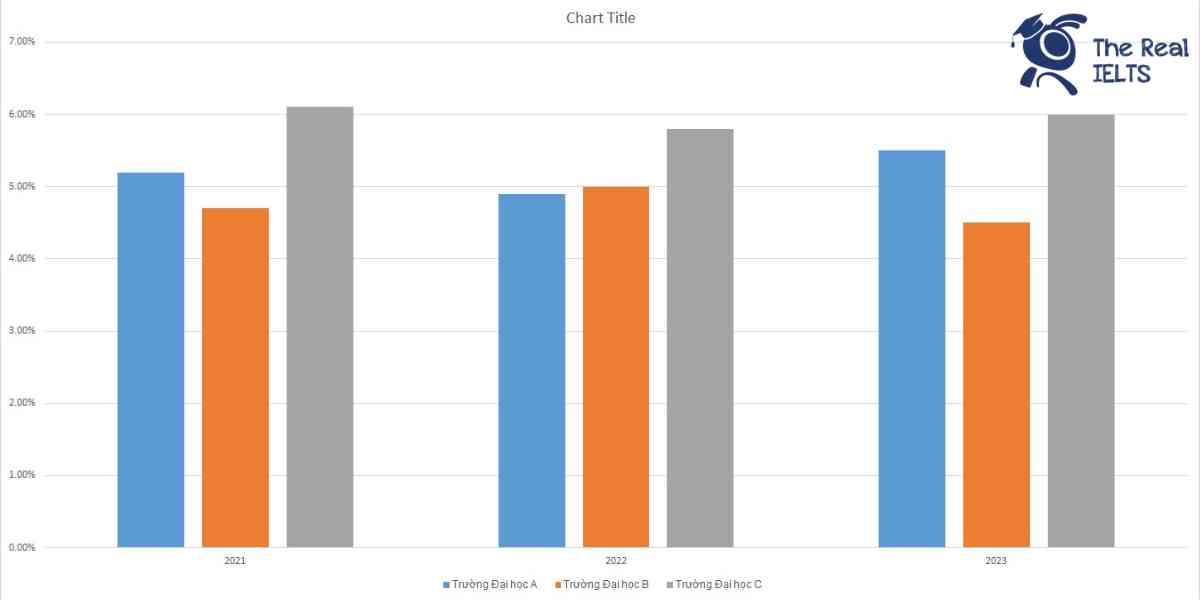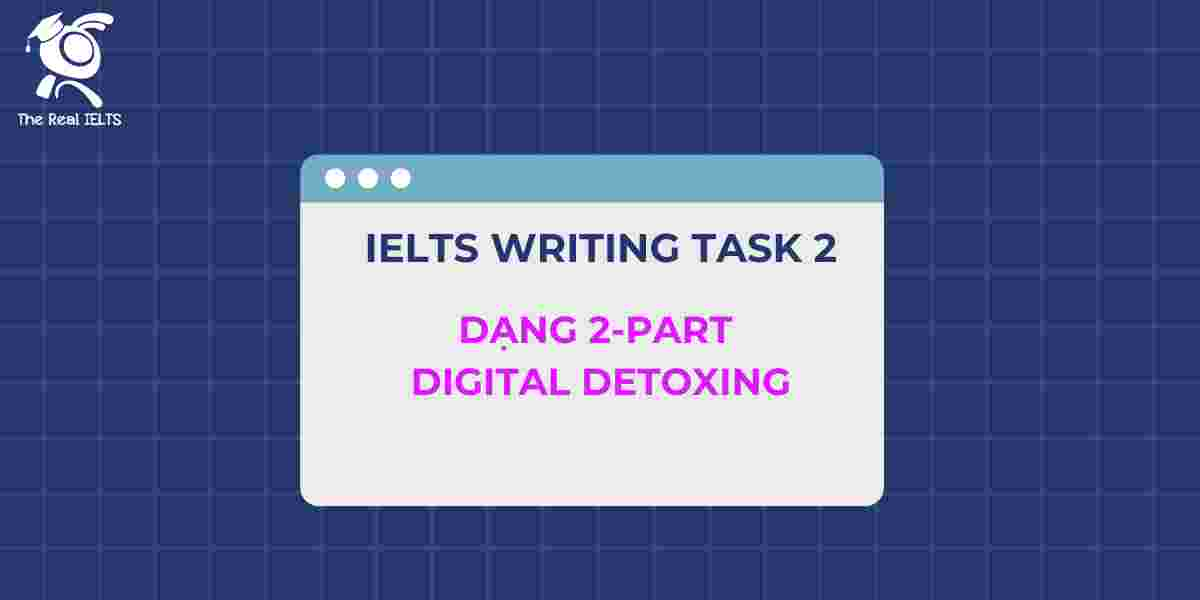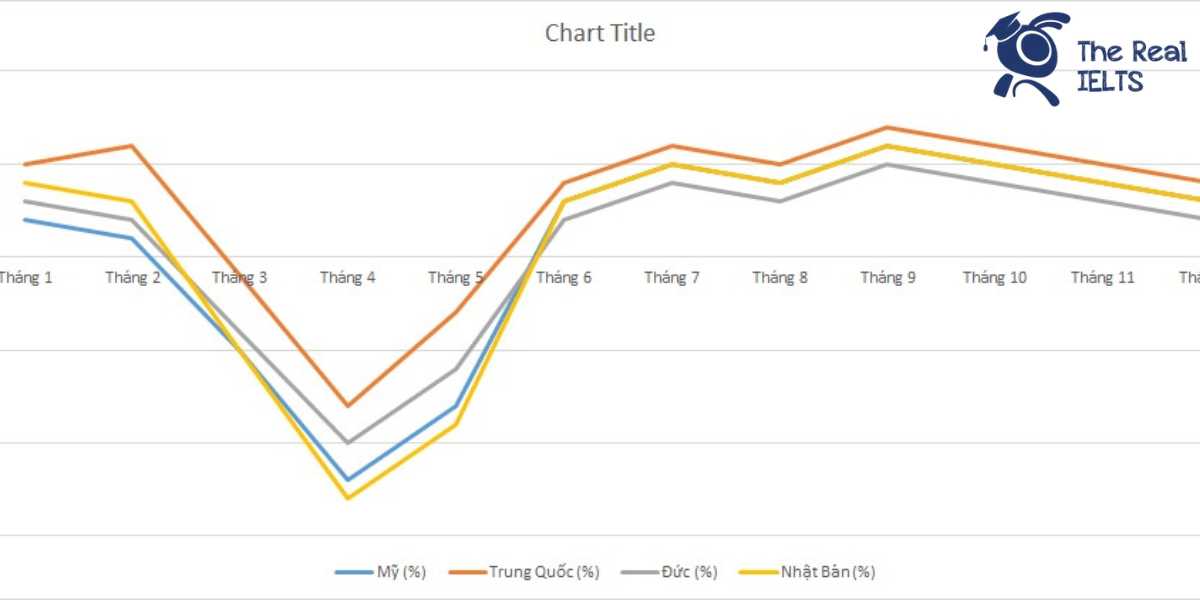Đề bài IELTS Writing Task 2 dạng Agree or Disagree Part 33:
You should spend about 40 minutes on this task
Cars should be banned from city centers. To what extent do you agree or disagree?
Write at least 250 words.
Giải mẫu IELTS Writing
Cấu trúc câu và ngữ pháp được sử dụng
- Câu chủ động và câu bị động:
- Chủ động: “The increasing number of cars in urban areas has led to significant concerns…”
- Bị động: “Vehicles are major contributors to air quality degradation…”
- Mệnh đề quan hệ:
- “By limiting the number of cars, cities can lower the levels of harmful pollutants like nitrogen dioxide and particulate matter.”
- “There are certain situations where vehicle access is necessary…”
- Câu điều kiện:
- “If cities limit the number of cars, they can improve air quality.”
- “By restricting car access, cities can reduce the number of vehicles on the roads…”
- Mệnh đề lý do và kết quả:
- “By limiting the number of cars, cities can lower the levels of harmful pollutants…”
- “This improvement in air quality can lead to better respiratory health…”
- Câu phức:
- “While some argue that cars should be completely banned from city centers, I partially agree with this viewpoint.”
- Câu phức tạp với các cấu trúc bổ ngữ:
- “Although a total ban may not be practical, restricting car access in specific zones can provide substantial benefits.”
Từ nối (linking words)
Giữa các câu:
- Firstly – Dùng để giới thiệu ý chính đầu tiên.
- Secondly – Dùng để giới thiệu ý chính thứ hai.
- However – Dùng để chuyển đổi ý, giới thiệu ý kiến ngược lại hoặc phản biện.
- Instead of – Dùng để đưa ra giải pháp thay thế.
- Therefore – Dùng để đưa ra kết luận, lý do của một quan điểm.
Giữa các đoạn:
- Firstly, Secondly – Được sử dụng để liệt kê các ý tưởng khác nhau trong bài luận.
- In conclusion – Được sử dụng để kết thúc bài luận và tóm tắt ý chính.
Các từ nối này giúp tạo liên kết giữa các câu và đoạn, làm cho bài viết mạch lạc và dễ hiểu hơn.
Cấu trúc ngữ pháp và cấu trúc câu
The increasing number of cars in urban areas has led to significant concerns regarding air pollution, traffic congestion, and public health. While some argue that cars should be completely banned from city centers, I partially agree with this viewpoint. Although a total ban may not be practical, restricting car access in specific zones can provide substantial benefits.
Firstly, reducing car usage in city centers can significantly decrease air pollution. Vehicles are major contributors to air quality degradation due to their emissions. By limiting the number of cars, cities can lower the levels of harmful pollutants like nitrogen dioxide and particulate matter. This improvement in air quality can lead to better respiratory health for city dwellers and a reduction in illnesses such as asthma and bronchitis.
Secondly, banning cars from city centers can alleviate traffic congestion. Urban areas are often plagued with traffic jams, especially during peak hours. By restricting car access, cities can reduce the number of vehicles on the roads, making public transportation, cycling, and walking more attractive alternatives. This shift can lead to a more efficient flow of people and goods, ultimately saving time and reducing stress for commuters.
However, a complete ban on cars in city centers may not be entirely feasible. There are certain situations where vehicle access is necessary, such as for emergency services, deliveries, and for individuals with mobility issues. Instead of a total prohibition, cities could implement low-emission zones, congestion charges, or designated car-free areas during specific times. These measures can balance the need for accessibility with the goal of reducing car dependency.
In conclusion, while banning cars from city centers entirely might not be practical, implementing restrictions can offer significant environmental and societal benefits. By carefully planning and enforcing policies, cities can create more livable, sustainable, and healthy environments for their residents. Therefore, I partially agree with the idea of banning cars from city centers, advocating for a balanced approach that addresses the needs of all citizens.
Các từ vựng tiếng Anh cần lưu ý trong bài viết
- Urban areas – Khu vực đô thị
- Air pollution – Ô nhiễm không khí
- Traffic congestion – Tắc nghẽn giao thông
- Public health – Sức khỏe cộng đồng
- Ban – Cấm
- City centers – Trung tâm thành phố
- Restricting – Hạn chế
- Car access – Quyền tiếp cận xe hơi
- Air quality – Chất lượng không khí
- Emissions – Khí thải
- Pollutants – Chất ô nhiễm
- Nitrogen dioxide – Nitơ dioxit
- Particulate matter – Vật chất hạt
- Respiratory health – Sức khỏe hô hấp
- Asthma – Bệnh hen suyễn
- Bronchitis – Viêm phế quản
- Traffic jams – Kẹt xe
- Peak hours – Giờ cao điểm
- Public transportation – Giao thông công cộng
- Cycling – Đạp xe
- Walking – Đi bộ
- Attractive alternatives – Lựa chọn thay thế hấp dẫn
- Flow of people and goods – Dòng chảy của người và hàng hóa
- Commuters – Người đi lại
- Feasible – Khả thi
- Emergency services – Dịch vụ khẩn cấp
- Deliveries – Giao hàng
- Mobility issues – Vấn đề về di chuyển
- Low-emission zones – Khu vực khí thải thấp
- Congestion charges – Phí ùn tắc
- Car-free areas – Khu vực không xe hơi
- Sustainable – Bền vững
- Balanced approach – Cách tiếp cận cân bằng
- Residents – Cư dân
Đọc thêm các bài Luyện Thi IELTS khác trong link nhé.















